SECURE Act 2.0: 14 Ways the Proposed Law Could Change Retirement Savings
The House-passed bill would automatically enroll some workers in retirement plans, raise the mandatory age for RMDs, and much more.
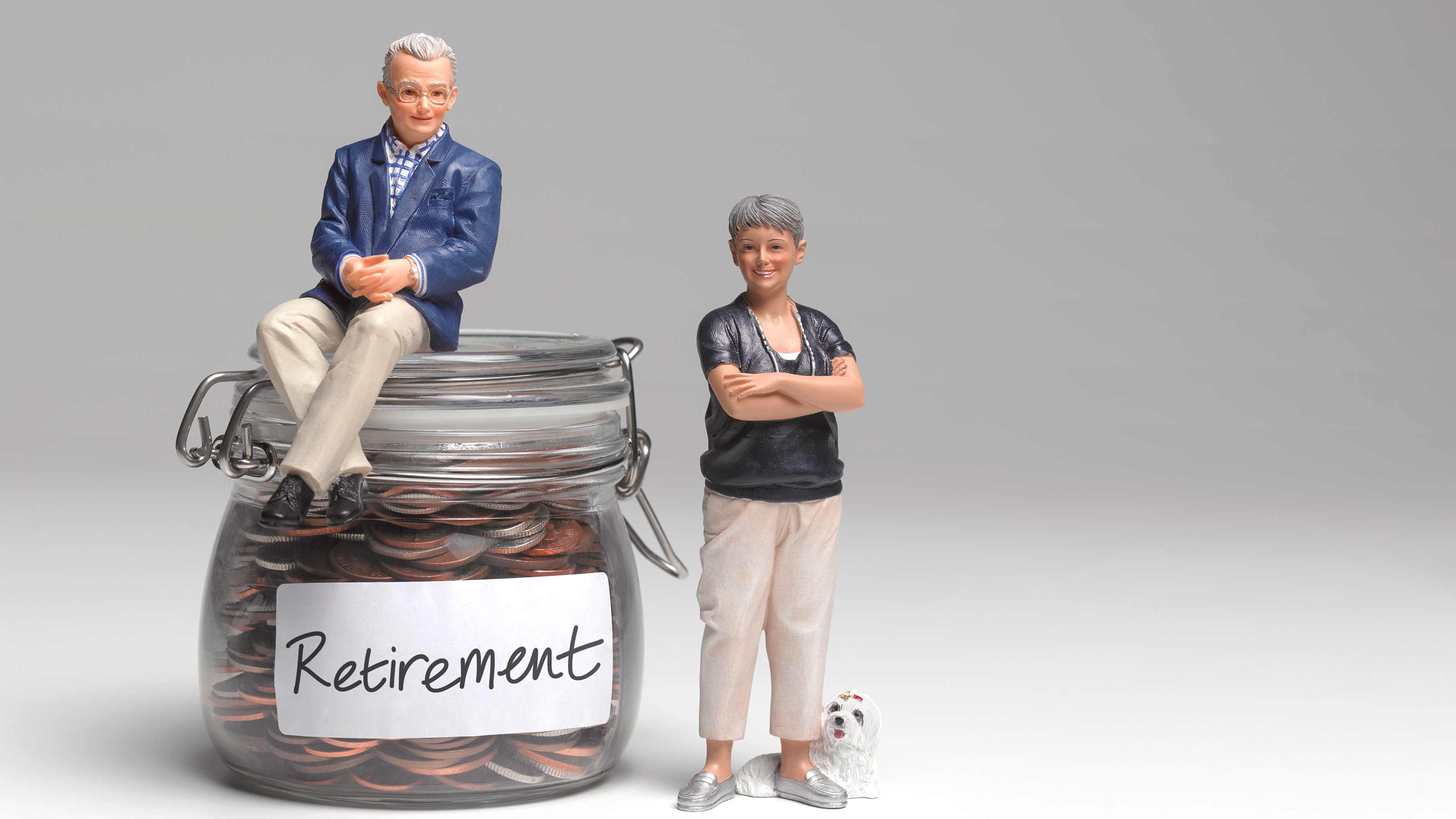

Americans saw a number of changes to their retirement savings plans when the Setting Every Community Up for Retirement Enhancement Act, or the SECURE Act, was passed in late 2019. Lawmakers at the time said they weren't done and have since proposed more changes.
With a 414 to 5 vote, the House of Representatives recently approved a second bill – the Securing a Strong Retirement Act of 2022 – that would continue to tweak the rules for contributing to and withdrawing from retirement savings vehicles.
Nicknamed SECURE 2.0, the legislation was introduced by Reps. Richard Neal (D-Mass.) and Kevin Brady (R-Texas), the two Congressmen who spearheaded passage of the original SECURE Act. The bill aims to encourage Americans to save more for retirement, in part by making that process easier. Now that SECURE 2.0 has passed the House, it's on its way to the Senate. It's widely expected that a law to enhance retirement savings will pass sometime this year, given the strong bipartisan support and the nearly unanimous backing of the original SECURE Act. Whether the final law that is eventually enacted will be SECURE 2.0, another bill in the Senate that is similar to SECURE 2.0 but has some differences, or a combination of the two, is right now anyone's guess.
In the meantime, here's a look at 14 ways your retirement savings plan may change if SECURE 2.0 becomes law.
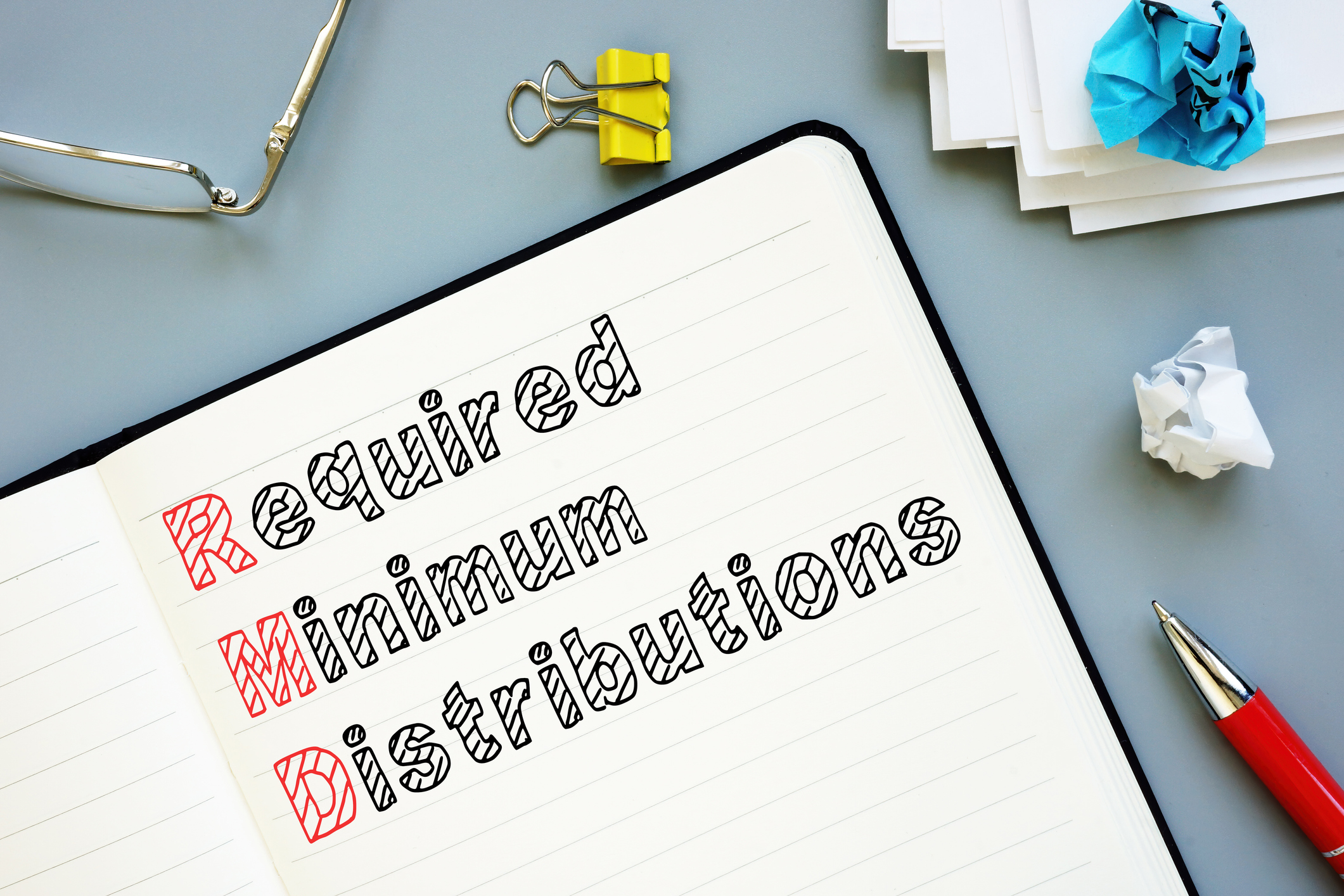
Wait Longer to Take RMDs
The original SECURE Act raised the age at which you must start taking required minimum distributions (RMDs) from traditional IRAs and 401(k)s from age 70½ to 72. SECURE 2.0 would again raise the age to begin taking RMDs, this time to age 75 over a decade. That means you could have more time for your money to grow tax free but if you delay RMDs, your withdrawals may need to be larger.
The age for RMDs would initially increase to 73 starting on January 1, 2023, then to age 74 on January 1, 2030. It would rise to 75 on January 1, 2033.
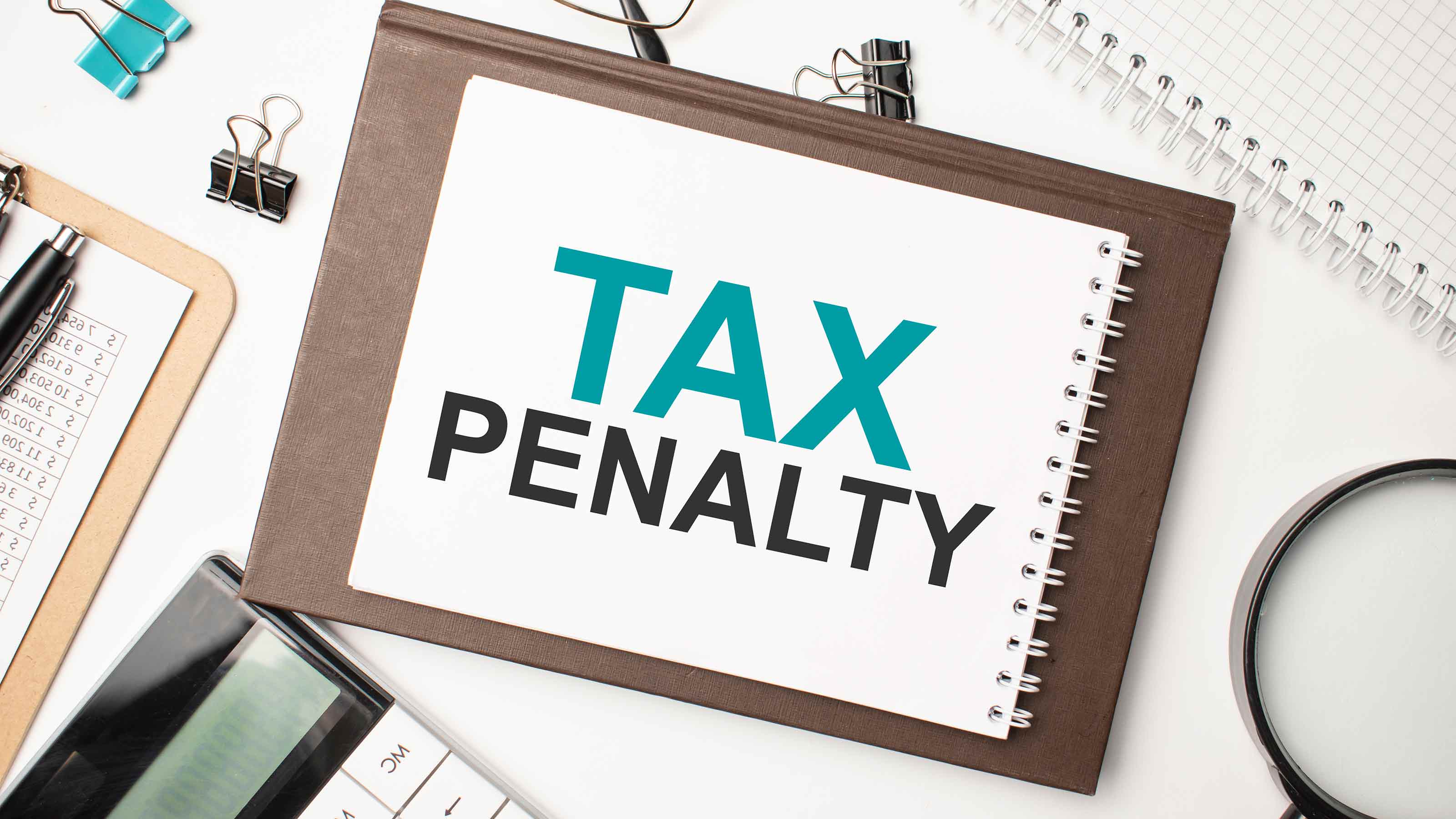
RMD Penalties
Currently, if you fail to take your full RMD, the shortfall is hit with a 50% excise tax. That's one of the harshest penalties you can face from Uncle Sam. However, under SECURE 2.0, this would be reduced to 25%. If the mistake is corrected in a timely manner, the penalty would be further reduced to 10%.
Here's a tax tip: If you missed the deadline for taking your annual RMD, you needn't pay the 50% fine if you can show you had reasonable cause, such as a serious illness or bad advice from a financial adviser or bank, and you've taken steps to withdraw the amount. If you believe you're on solid ground, follow the instructions on IRS Form 5329 and attach a letter of explanation. The fine will be due only if the IRS denies relief.
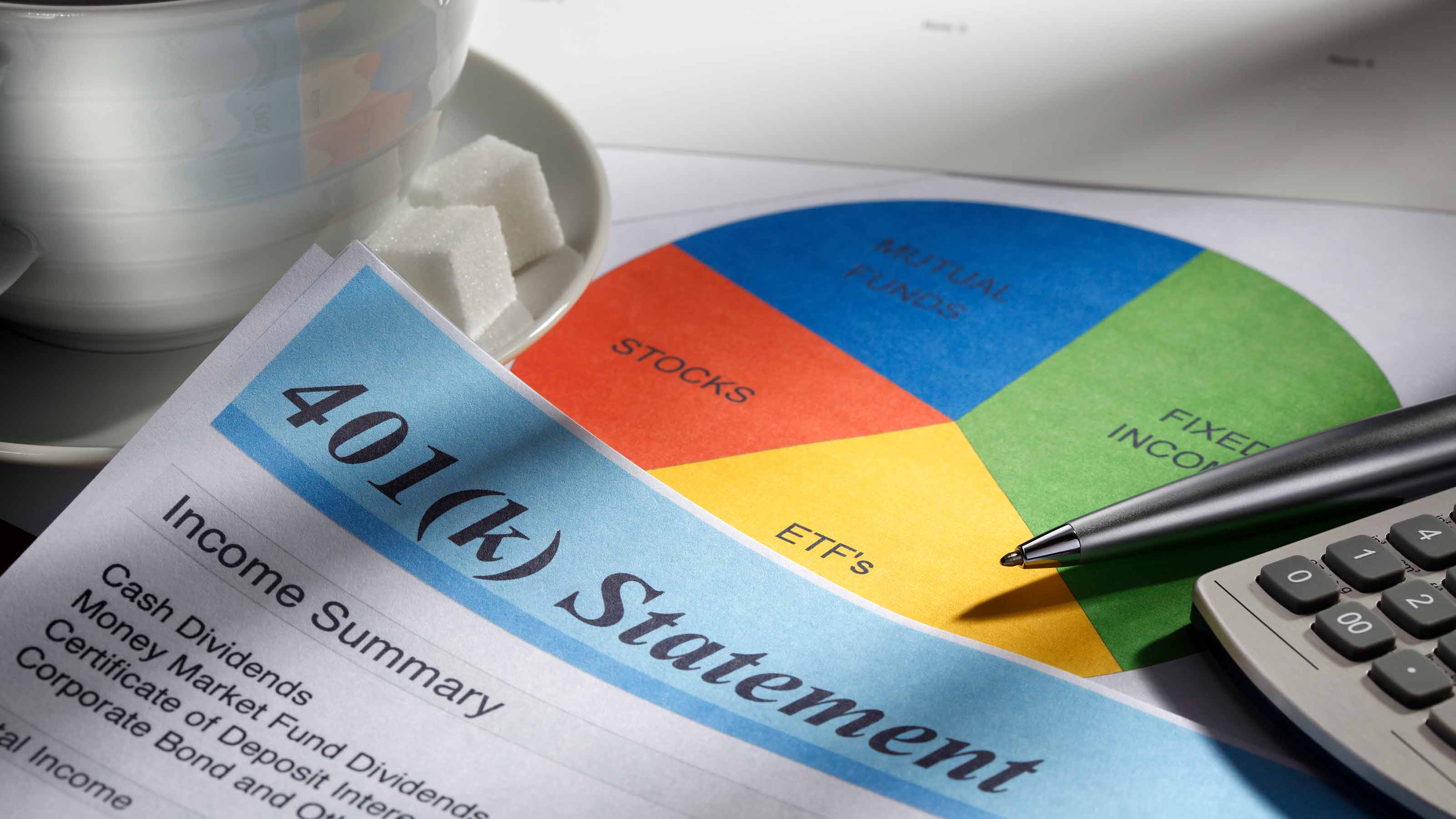
Auto-Enrollment in Retirement Savings Plans
SECURE 2.0 would require employers to automatically enroll eligible workers into the firm's 401(k) or 403(b) plans at a savings rate of 3% of salary – although workers would be able to opt out or opt to save less or even more, up to annual contribution limits. Enrolled workers' contribution rates would automatically increase each year by 1% until their contribution reaches 10%.
Businesses with fewer than 10 employees, businesses which opened fewer than three years ago and retirement plans for churches and government agencies would be exempt. Additionally, businesses with 401(k) or 403(b) plans in place before the enactment of SECURE 2.0 would be exempt.

Incentives for Contributing to a Retirement Account
Employers are currently prohibited from providing financial incentives – aside from matching funds – to encourage their workers to contribute to a 401(k) account. SECURE 2.0 would change that by allowing employers to provide, say, small gift cards, as an additional lure to get employees saving for retirement.
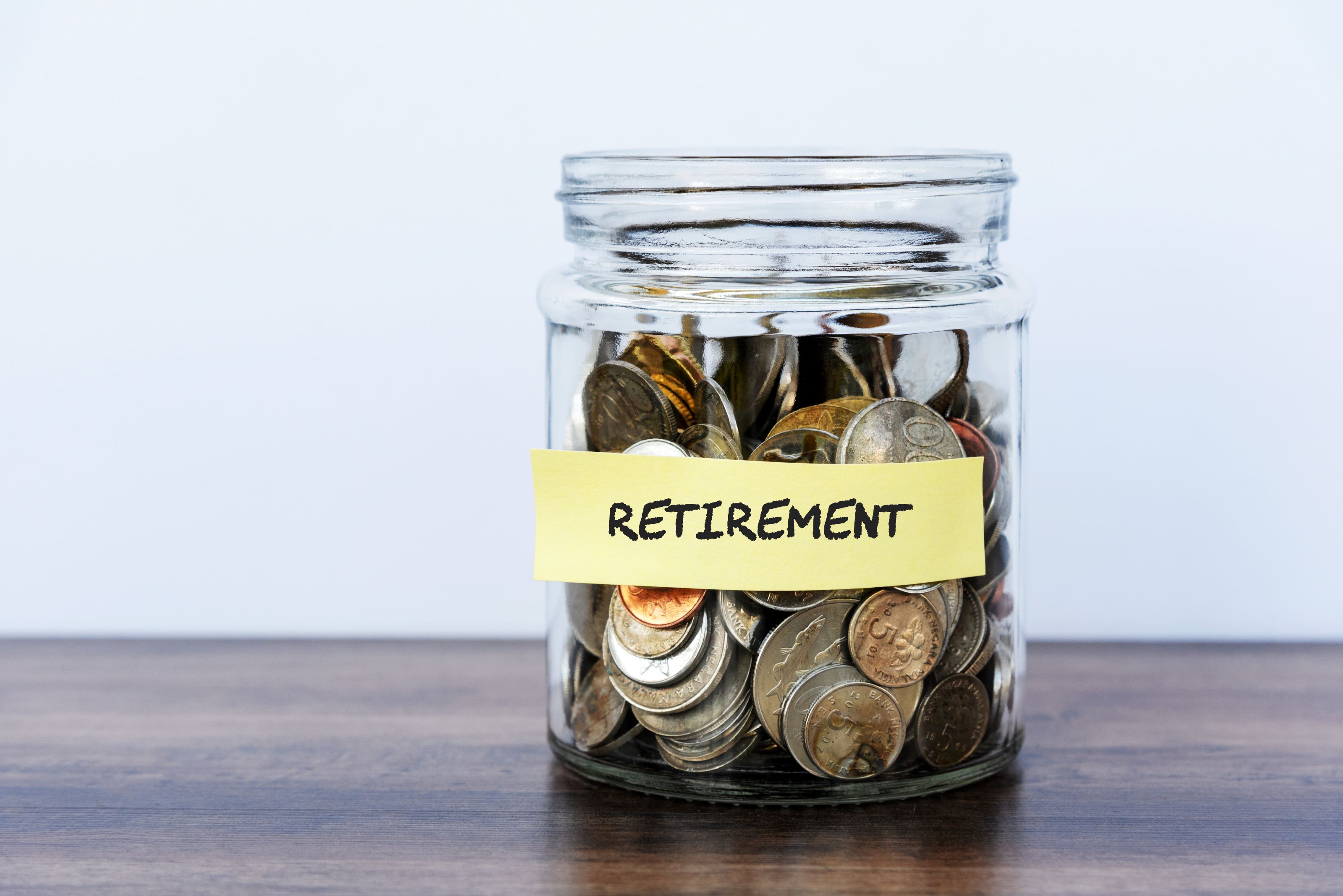
Bigger Catch-Up Contributions
Currently, workers who are at least 50 years old can make catch-up contributions to their retirement accounts above the normal pay-in limits. For 2022, these workers can contribute an extra $6,500 to 401(k) and 403(b) plans after hitting this year's $20,500 limit. For a SIMPLE IRA, they can add $3,000 more to the $14,000 cap in 2022.
Under SECURE 2.0, workers who are age 62, 63 or 64 would be able to contribute even more to these accounts. For 401(k) and 403(b) plans, these employees would be able to make up to $10,000 in catch-up contributions, , while participants in a SIMPLE IRA could put in up to $5,000 in catch-up contributions. Both of these limits would be indexed for inflation each year.
The proposal also calls for catch-up limits for IRA owners who are 50 years old to be indexed for inflation. Since 2006, the annual increase in catch-up contribution amounts has been limited to $1,000.

Better Saver's Credit
An easy-to-miss income tax break rewards middle- and lower-income people who put money in an IRA, 401(k), 403(b), SEP or similar retirement plan. The maximum saver's credit of $2,000 for joint filers and $1,000 for others is capped at 50%, 20% or 10% of contributions, depending on adjusted gross income (AGI). For 2022, the credit is fully phased out at AGIs over $34,000 for single filers, $51,000 for head-of-household filers, and $68,000 for joint filers.
SECURE 2.0 would simplify the tax break by having one 50% credit, rather than three different credit rates. This sounds good, but there's a catch. Fewer people would be able to qualify for the credit. That's because the eligibility for it would start at lower AGI levels. Under the proposal, the credit would fully phase out at AGIs over $24,000 for single filers, $36,000 for head-of-household filers and $48,000 for joint filers. If this is passed, retirement savers with the lowest incomes would get bigger tax benefits, while others would no longer qualify for the tax break.
The proposed bill would also require the IRS to take steps to increase taxpayer awareness of the saver's credit.

Employer Matching Funds for Student Loan Payments
Traditionally, employers match participants' contributions to their retirement accounts. But some workers may be unable to fund their retirement account as they prioritize paying down student loans. The proposed legislation would allow employers to make matching contributions to a worker's retirement account based on the worker's own student loan payments. This would apply to 401(k) plans, 403(b) plans, SIMPLE IRAs and 457(b) plans.
The IRS blessed such a program in a 2018 ruling. In that case, an employer contributed to its 401(k) plan on behalf of employees paying down their college debt. The employer matches took place regardless of whether employees also paid in. Participation was voluntary and employees had to elect to enroll in the program.

Finding Old 401(k)s
It can be challenging for employers to locate former workers, who may have changed their name or address, to pay out benefits from a retirement plan. It can also be difficult for workers to locate a former employer if that company has rebranded or merged with another firm. To make this easier, SECURE 2.0 would require the Department of Labor create a national online lost-and-found database for retirement plans.

QCD Enhancements
People age 70½ and older can transfer up to $100,000 tax-free each year from their traditional IRAs directly to charity. These qualified charitable distributions (QCDs) can count as all or part of your RMDs, but they're not taxable and they're not added to your adjusted gross income. If you do a QCD, you can't double dip and also deduct the donation on your tax return. The money from the IRA must go directly to a charitable organization. Transfers to a donor-advised fund, charitable gift annuity, charitable remainder trust or any other life-income or split-interest gift arrangement are not treated as QCDs.
SECURE 2.0 would enhance QCDs in two ways. First, it would annually index the $100,000 cap for inflation. Second, it would allow a one-time QCD transfer of up to $50,000 through a charitable gift annuity or charitable remainder trust.
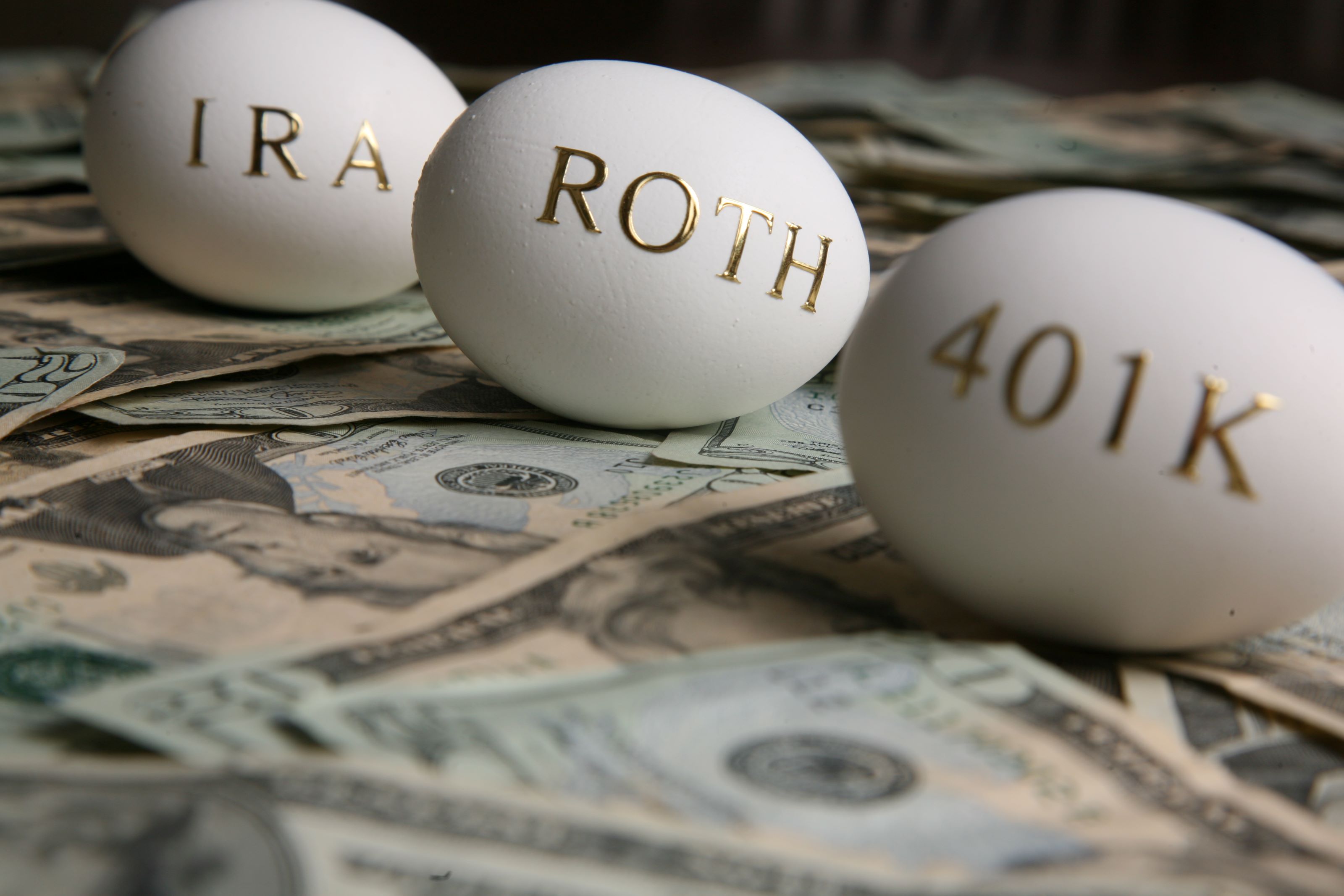
More Roth Contributions
Currently, SIMPLE and SEP IRAs are not allowed to accept Roth contributions from employees. SECURE 2.0 would change that. (Other retirement plans, including 401(k)s, 403(b)s and 457(b)s, can already accept Roth contributions.)
The proposed legislation would also require that catch-up contributions to 401(k)s and other qualified workplace retirement plans be subject to Roth treatment. This means that the extra $6,500 contributed by workers age 50 or older would automatically go into a Roth 401(k) and come from post-tax salary rather than pre-tax wages. This would end up slashing the up-front tax savings for individuals who max out their 401(k)s.
Another provision in the bill would allow 401(k)s and other plans to give participants the option of having any employer matching contributions put into Roth 401(k) accounts. Currently, matching contributions must be on a pre-tax basis.
Believe it or not, these three proposals are revenue raisers to offset the cost of other provisions in SECURE 2.0. If enacted, they would raise money when contributions are made, but squeeze revenue later, since withdrawals from Roths are generally tax-free.

Part-Time Workers' Retirement Plan Eligibility
Under the first SECURE Act, companies that offer a 401(k) plan are now required to allow employees who work at least 500 hours a year for three consecutive years to contribute to a retirement account. SECURE 2.0 would reduce the three-year rule to two.

403(b) Plan Investment Options
Currently, 403(b) plans can generally only invest in annuity contracts and mutual funds, preventing participants from investing in collective investment trusts. A collective investment trust is a group of pooled accounts. This lowers fees by achieving economies of scale.
SECURE 2.0 would allow 403(b) custodial accounts to invest in collective investment trusts, if certain conditions are met, including that the plan is subject to the Employee Retirement Income Security Act of 1974 (ERISA) and the sponsor accepts fiduciary responsibility for selecting the investments participants can choose from.

Relief for Domestic Abuse Victims
Withdrawals from IRAs and 401(k)s before age 59½ are generally hit with a 10% penalty (in addition to the regular income tax), but the early withdrawal penalty is subject to various exceptions. SECURE 2.0 would add a new exception by waiving the 10% penalty on up to the lesser of $10,000 or 50% of the account balance for people who self-certify that they have experienced domestic abuse.
The regular income tax on these distributions could also be paid over three years under the proposal, beginning with the distribution year, unless the abuse victim elected to pay the tax all at once. Additionally, amounts recontributed to the retirement plan within the three-year time span wouldn't be taxable. They would be treated as rollovers instead.

Small Business Tax Credits
SECURE 2.0 would also create or enhance a few tax credits that small businesses could claim for providing greater access to retirement plans for workers. For instance, employers with up to 50 workers would be able to offset more plan start-up costs.
The proposed law would also allow small businesses to claim a tax credit for joining a multi-employer plan, no matter how long that plan has existed, for three years. (Currently, small businesses can only claim this credit if the plan has been around for less than three years.)
And another credit would help military spouses, who often don't stay in one area long enough to qualify for the full benefits of a retirement plan. Small businesses would be eligible for a tax credit for their defined contribution plans if they allow spouses of those serving in the military to participate in the plan within two months of joining the company.
Get Kiplinger Today newsletter — free
Profit and prosper with the best of Kiplinger's advice on investing, taxes, retirement, personal finance and much more. Delivered daily. Enter your email in the box and click Sign Me Up.
Jackie Stewart is the senior retirement editor for Kiplinger.com and the senior editor for Kiplinger's Retirement Report.
-
 Stock Market Today: Stocks Gain on Tech, Auto Tariff Talk
Stock Market Today: Stocks Gain on Tech, Auto Tariff TalkThe Trump administration said late Friday that it will temporarily halt tariffs on some Chinese tech imports.
By Karee Venema
-
 Sam's Club Plans Aggressive Expansion: Discover Its New Locations
Sam's Club Plans Aggressive Expansion: Discover Its New LocationsSam's Club expansion plans will open up to 15 new stores each year. Learn where they plan to open in 2025.
By Sean Jackson
-
 Tax Time: Does Your Kid Influencer Owe Taxes?
Tax Time: Does Your Kid Influencer Owe Taxes?State Tax Some minors are making big money on social media. Here’s how to know if they need to file taxes.
By Gabriella Cruz-Martínez
-
 Ask the Editor: Readers' Tax Questions, April 11, 2025
Ask the Editor: Readers' Tax Questions, April 11, 2025Ask the Editor: Taxes, April 11, 2025 — Joy Taylor, The Kiplinger Tax Letter Editor, answers questions on Roth IRAs, RMDs and other retirement accounts.
By Joy Taylor
-
 Free IRS Tax Filing for 30 Million People: Will It Continue Under Trump?
Free IRS Tax Filing for 30 Million People: Will It Continue Under Trump?Tax Filing Direct File was piloted last year in 12 states and has since expanded to 25. But some wonder whether the program will last under the Trump administration.
By Gabriella Cruz-Martínez
-
 Ask the Editor: Readers' Tax Questions, April 4, 2025
Ask the Editor: Readers' Tax Questions, April 4, 2025Ask the Editor: Taxes, April 4, 2025 — Joy Taylor, The Kiplinger Tax Letter Editor, answers questions on Trump's tax bill, estate tax and Muni bonds.
By Joy Taylor
-
 Taxpayer Revolt? Why More People Are Avoiding Filing Taxes This Year
Taxpayer Revolt? Why More People Are Avoiding Filing Taxes This YearTax Season It may be tempting to skip filing due to the overwhelmed IRS, but doing so could have financial and legal consequences.
By Kelley R. Taylor
-
 U.S. Treasury to Eliminate Paper Checks: What It Means for Tax Refunds, Social Security
U.S. Treasury to Eliminate Paper Checks: What It Means for Tax Refunds, Social SecurityTreasury President Trump signed an executive order forcing the federal government to phase out paper check disbursements by the fall.
By Gabriella Cruz-Martínez
-
 Ask the Editor: Readers' Tax Questions, March 28, 2025
Ask the Editor: Readers' Tax Questions, March 28, 2025Ask the Editor: Taxes, March 28, 2025 — Joy Taylor, The Kiplinger Tax Letter Editor, answers questions on filing tax returns and paying taxes.
By Joy Taylor
-
 IRS Layoffs Spark Delays, Doubt This Tax Season
IRS Layoffs Spark Delays, Doubt This Tax SeasonTax Season Tax experts say Trump’s downsizing of the IRS is already causing problems.
By Gabriella Cruz-Martínez
